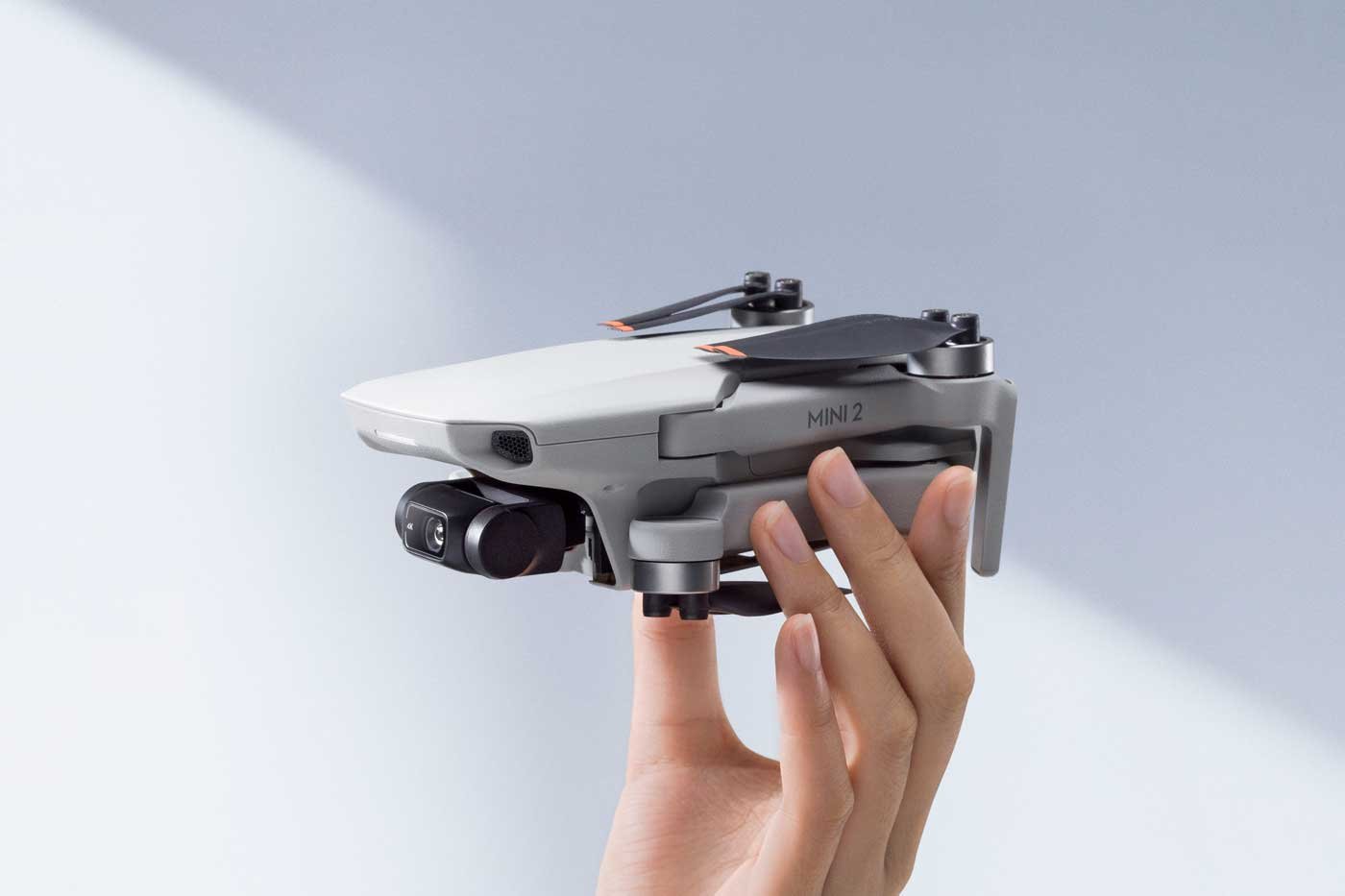Basic vs Advanced Operations
So, you want to fly your drone but you’re unfamiliar with the different certifications and regulations.
Maybe you’re asking yourself, do I need a Basic or Advanced Operations license? Can I fly my drone without a license? What the heck is Class G airspace?
These are great questions and you’ve come to the right place.
In Canada there are two categories of RPAS (remotely piloted aircraft system) operations. Basic and Advanced. Each category has different rules defined by the weight of your drone, distance from bystanders, and airspace regulations. The decision of which drone license to get should be based on what you want to do with your drone and where you want to fly.
It is important to note that these regulations usually* only apply to drones that weigh over 250g. Most micro-drones, such as the Mavic Mini 2, are under the 250g limit and therefore do not require any certification or license to fly. You still must always fly responsibly, and we always recommend that anyone operating a drone, no matter the size, take a drone course in order to ensure their safety and the safety of others.
*There is a rule in Calgary, and possibly other cities in Canada, that you must have your Advanced to fly within the Calgary airport control zone, even with a mini drone! Remember to look up local restrictions too!
BASIC
The Basic Training course is for people who are operating drones in Class G airspace (uncontrolled), at least 30m away horizontally from bystanders and never over top of them. Basic operations must always be performed more than 3 nautical miles from an aerodrome and at least 1 nautical mile from a heliport.
(1 nautical mile = 1.85km)
ADVANCED
The Advanced Training course is great because while it’s designed for beginners, it allows professionals and enthusiasts to really open the world to their drone operations. The Advanced certificate allows pilots to fly in any airspace (controlled and uncontrolled) and above people involved in their operations. This means flying less than 3 nautical miles from an aerodrome and less than 1 nautical mile from a heliport.
We recommend becoming an Advanced RPAS pilot if you want to use drones professionally in any way.
Our Advanced training prepares pilots to write the Transport Canada exam and when you take our Advanced course we offer 25% off of your flight review! You also get a one year subscription to UAV forecast - a handy mission planning tool.
Now, if you’re still scratching your head about airspace classification, you can quickly check your Visual Flight Rules (VFR) charts, the Drone Site Selection Tool.
We break down what this tool is and how to use it in our course! It’s an important application to understand for all drone operations.
Happy flying!

